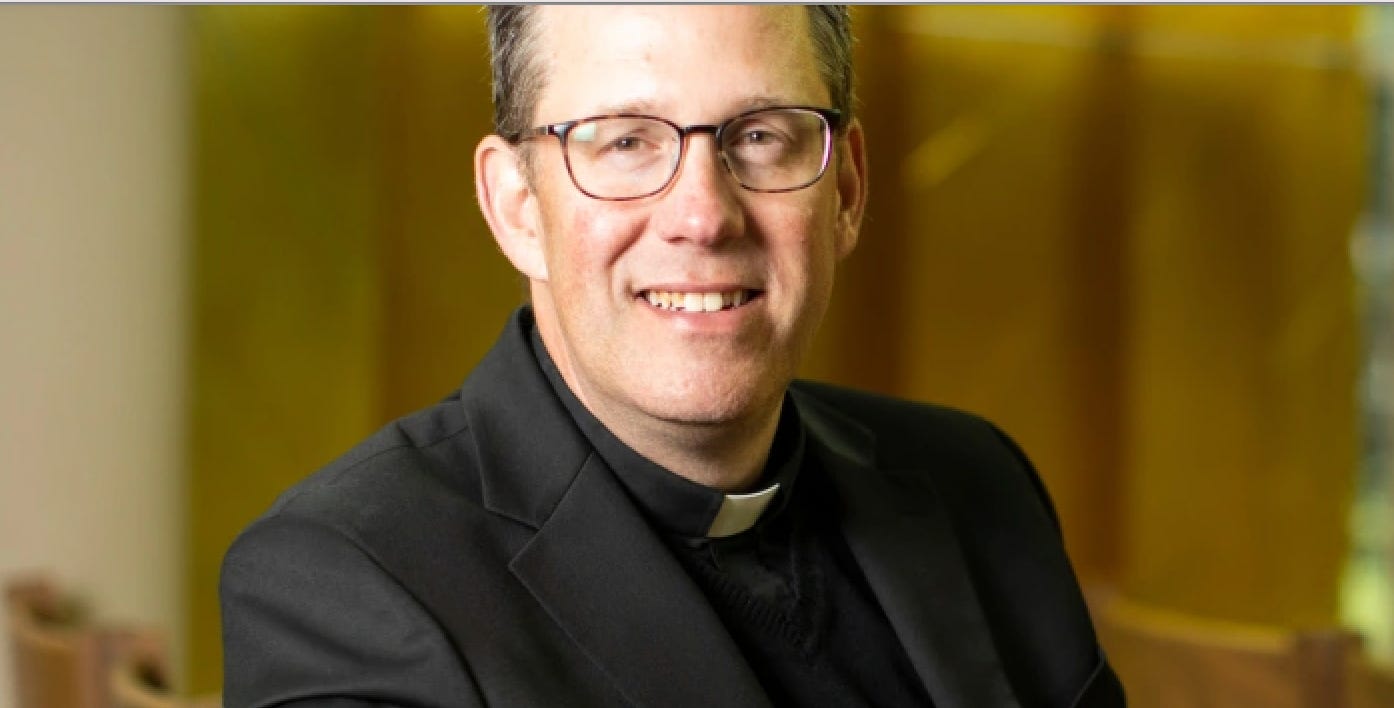Pursuing restorative justice amid the Church’s sex abuse crisis
What's restorative justice? Can it heal the wounds of the Church's sexual abuse crisis?

More than 20 years after the Boston Globe’s Spotlight team uncovered a sexual abuse crisis in the Catholic Church, serious wounds remain.
Many victim-survivors say they are still trying to heal. Some Catholics in the pews say they are still struggling to trust Church leaders. And advocates for reform say there still needs to be more accountability and tr…
